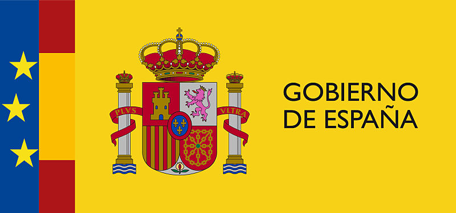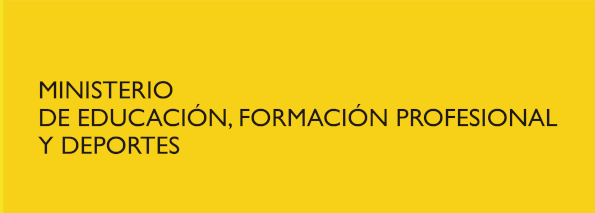Risk management system
INTRODUCCIÓN
This proposal seeks to respond to the needs detected in the project development MAID (Improvement and harmonization of sporting facilities) concerning safety, comfort, functionality and healthiness of sports facilities.
In this regard, along the project MAID highlighted the need to establish mechanisms and procedures that coordinated and harmonised will increase the safety, accessibility, comfort, functionality and healthiness of sporting facilities in Spain, through both preventive and proceedings palliative.
From the first, it is worth highlighting the need to identify, early enough, those problems that may arise in order to take action, through regular inspections and procedimentadas. Moreover, it is essential to act quickly off the effects that occur to relieve its effects and avoid that recur, either by direct actions in the facilities or with regulatory measures, both legal and technical standards.
Likewise, in the project MAID has been identified as agood practiceaccreditation systems or registration of sports facilities, such as the launched by the CSD certification by AENOR sports facilities of its High Performance centre of Madrid. Obtaining this certification requires facilities meet a minimum quality requirements, in addition to incentivise incorporating specifications and elements of higher quality. Practice that believes that should be disseminated in those other facilities whose ownership is not CSD.
GOALS
The main objective of the project is the development and implementation at the state level, a risk management system in the sports facilities designed to increase the safety and accessibility of such facilities. For their achievement raised the following partial objectives:
- Development of mechanisms and procedures to monitor and react to the incidences that occur in sports facilities.
- Development of mechanisms and procedures to prevent the emergence of risks through procedimentadas inspections of installations.
For this:
- We have introduced a system of collecting incidences by users and professionals.
- It has equipped the technicians of installations with technological tools to inspect facilities and to act against the risks identified.
- It has conducted a pilot test in a set of 50 facilities, studying equipping 102 sports areas included therein, doing the test of control and compile incidences which have emerged (done in two stages, the first collection of data by IBV staff moved to each installation and in the second carried out by the staff of the installation itself. This will serve as a starting point for the development of mechanisms and protocols address problems that may arise in such facilities.)
Based on these results has been carried out an analysis of the current situation of different types of sports facilities, at the state level, to develop a procedure that can increase security and accessibility of sporting facilities, through the establishment of performances both preventive and corrective through regular inspections and procedimentadas, to act quickly off the events that occur, to mitigate its effects and prevent recurrence.
FINDINGS AND CONCLUSIONS
In the next chart shows the number of sports areas that have been reviewed by interest groups together with the number of test of control made in each group. Some of the sports facilities contain various types of sporting spaces, resulting in a total of 102 revised spaces:
|
Interest group |
Revised spaces |
No control Test |
|---|---|---|
|
Tracks and fields |
33 |
156 |
|
Swimming pools |
44 |
152 |
|
Accessibility |
25 |
25 |
|
Total |
102 |
333 |
- Has been studied equipping 102 sports areas across the Spanish territory, with a total of test of control of 333.
- Have found significant deviations to comply with the regulations (technical reference documents).
- Those responsible for the facilities have a great knowledge of the technical standards and tools that have at their disposal, so it is highly recommendable to increase their training.
- On the marking, labelling and documentation of the sports center, has demonstrated its little introduction, so it is deemed advisable to take steps to increase the level of marking and documentation of the equipment, from two points of view: the manufacturers themselves (compulsory, the provide the equipment marked and documented), and the public administration itself (developing a harmonised marking and documentation for each type of equipment already installed).
- It is considered necessary to introduce a system of collection of occurrences harmonized across the Spanish territory, to collect case of accidents produced in facilities and, consequently, take appropriate steps from a global perspective.
- Connection to accessibility, it is noted that most break numerous recommendations, which explains the problems of access for people with disabilities. You must bear in mind that currently the criteria are regulated by the Autonomous Communities, which means that these accessibility criteria are not homogeneous across the Spanish territory. To try to harmonise this situation, on 1 January 2010 will enter into force on Royal Decree 505 / 2007 of 20 April, approving the basic conditions of accessibility and non-discrimination of people with disabilities to access and use of public spaces urbanized and buildings. Although this is not a rule specifically referring to sports spaces, will serve as a generic reference for sporting facilities, so that your application will improve the conditions of access to these spaces.


